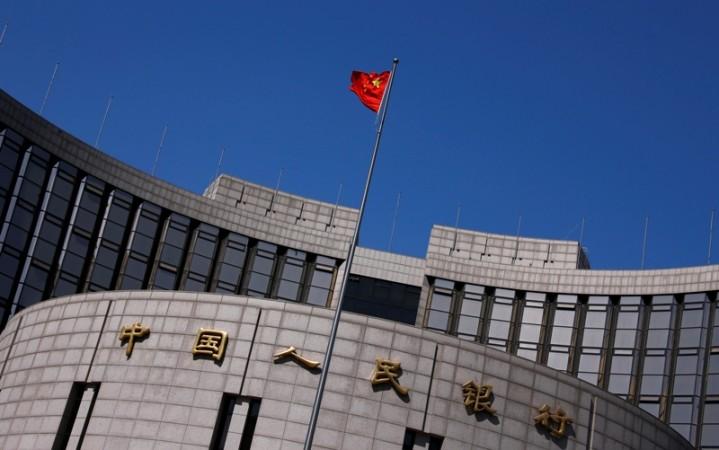
The People's Bank of China (PBOC), the country's central bank, cut long term lending rates by 40 base points on Friday to buoy its faltering economy and to avoid the hard market crash threatening the country. It also reduced its one-year deposit rate by 0.25 percent to 2.75 percent.
While the rate cut came as a surprise, analysts told The Business Insider that it was only a clever manoeuvre to get the markets excited. As the world focused on the lending-rate reduction, it didn't realize that the central bank kept the option of charging an upper-limit rate of 3.3 percent for commercial banks open, if they chose to.
And considering China's corporate debt struggle, most banks would want to charge the upper limit.
"I think the market is somewhat overreacting. That kind of easing, in our view, will not be enough to stop growth deceleration, but it is enough to stop a hard landing," Societe Generale's Wei Yao told the Business Insider.
"They are cutting rates and liberalizing rates at the same time so that the stimulus won't be so damaging," Li Huiyong, an economist at Shenyin and Wanguo Securities was quoted by Reuters.
"The asymmetric interest rate cut could put significant pressure on bank profitability. This may raise the question whether banks will maintain the distribution of lending rates around the benchmark rates, or will choose to float up the range," Zhu Haibin, chief China economist at JPMorgan Chase & Co. in Hong Kong, wrote in a note to Businessweek.
Experts noted that the interest rate cut was introduced for the benefit of manufacturing companies who were not been able to pay off debts. They also argued that lower rates would only increase borrowing and lead to more debt. So how is this going to help?
According to The Economist, "With lower rates and a little more inflation, companies will be able refinance more cheaply and, in time, lessen their debt burdens."
China has been stubborn about admitting that its GDP growth is slowing down. For months, it avoided a major stimulus introduction claiming all was under control. Its last lending rate cut was in 2012. Friday's move was a surprise.
Some analysts said that the rate-cut was the government's way of saying they were ready to introduce more easing regulations if need be.
"I don't think this rate cut will have a meaningful impact on the economy or boost growth. The only value is that this is a signal to the market that the PBOC is willing to ease," Raymond Yeung, an economist at ANZ Bank in Hong Kong told The South China Morning Post.
Others believe that the government will keep cutting rates over the next year to handle a market crash.
China's rate cut followed by the ECB's quantitative easing news and the low oil prices saw the world markets light up.
"To the extent that you (have) duelling positive monetary policy statements in two places that we were concerned about a slowdown in economic growth, that's very good," Art Hogan, chief market strategist at Wunderlich Securities in New York told The Business Standard.
Though the Eurozone and China are lagging behind the stimulus-driven Japan and the US, new developments and reforms indicate a better if not stronger world economy.








![BJP fields Tashi Gyalson for Ladakh; drops sitting MP [details]](https://data1.ibtimes.co.in/en/full/797185/bjp-fields-tashi-gyalson-ladakh-drops-sitting-mp-details.jpg?w=220&h=138)






